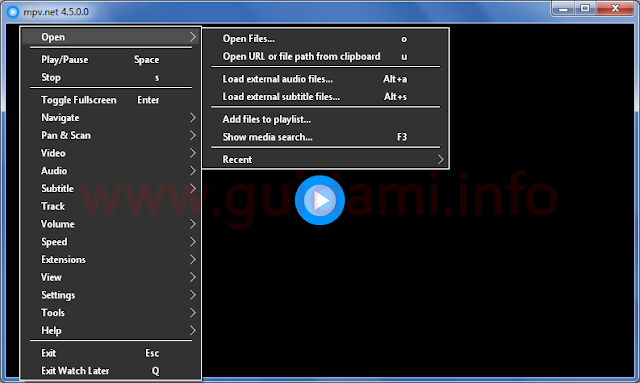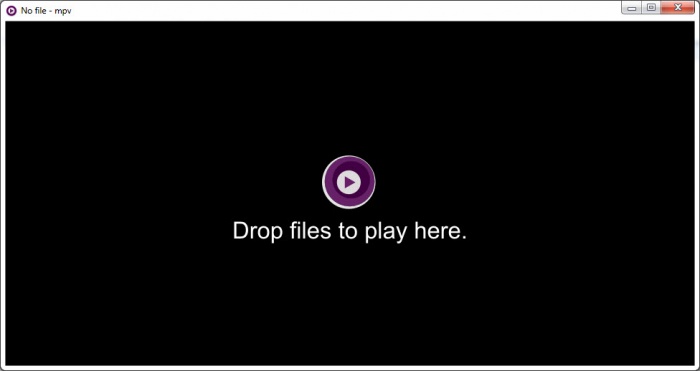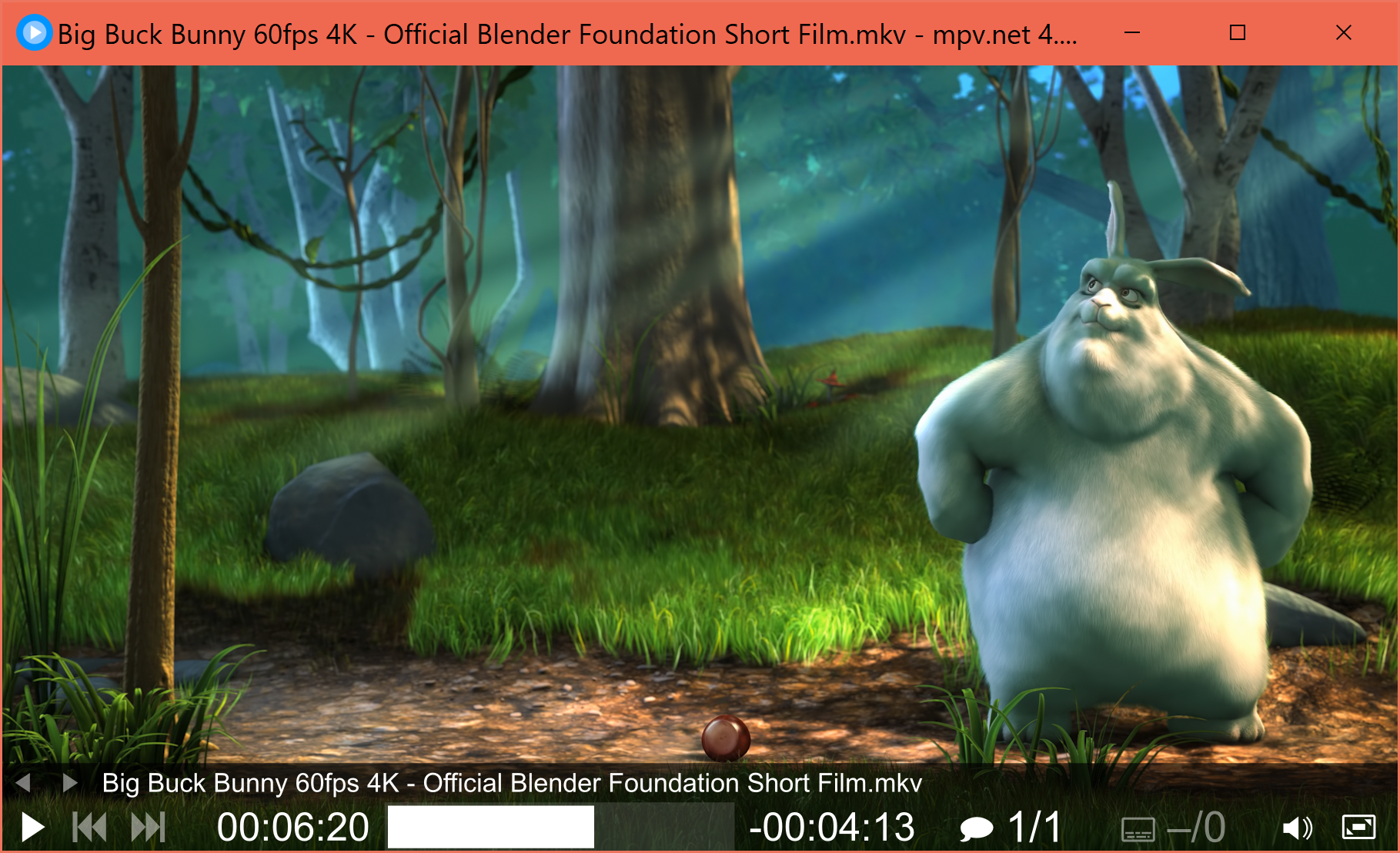
For those who expect a GUI, there are multiple frontend options to choose from (such as mpv.net) and also some OSC.lua replacements (ex: maybe with -no-border).Īnd contrary to mpv, mpv.net has a config GUI and does support by default: single instance mode, play files in folder, and Stop ■ (well at least it doesn't quit like with base mpv.).
#MPV.NET SCREENSHOT PATH FULL#
There are a number of decent players available and I would simply recommend using at least two and selecting the one best suited for each task.įrom the mpv manual: "mpv has no official GUI, other than the OSC (ON SCREEN CONTROLLER), which is not a full GUI and is not meant to be."įor those who don't want a GUI, mpv is certainly a good candidate (the OSC can be disabled with -no-osc). But I will only comment on the players and the limited feature set I use.

If there are any mistakes in my post I'm certainly happy to correct them. vlc has built-in audio filters (equalizer, compressor, etc.) with sliders.Īs pirlouy points out a full feature comparison of every available player would be quite the ambitious undertaking, and beyond the scope of this shader thread. mpc-hc shaders auto-update when their source file is modified. mpc-hc and mpv have shader presets (multiple user configurable shader chains). mpv has the most complete user shader support: YUV pre-scale and RGB, a working hardware linear sampling mode, embedded textures and compute shaders. It does have built-in video filters (ex: FilmGrain) configurable through a multi-tab GUI. vlc doesn't support user pixel shader with it's default dx11 video output. mpc-hc doesn't do HDR2SDR tonemapping by default. Mpv also displays the Avisynth exception in the console if the script has an error. mpv is built on top of ffmpeg and can use ffmpeg filters on its input. base mpv doesn't support single-instance mode !!! mpv.net does. mpv.net offers a fully user-customizable right-click menu (base mpv doesn't have a menu, only hotkeys). For those who do want a GUI, there a number of mpv-based players are available. Every option can also be set from command-line. It uses configuration files and hotkeys (and optionally a console output). mpv doesn't have a GUI by default (beyond its window and a seekbar with buttons).
#MPV.NET SCREENSHOT PATH WINDOWS#
the default build for vlc on windows is still 32bit (a 64bit build with the same features is of course available).

#MPV.NET SCREENSHOT PATH PORTABLE#
All have portable versions and an optional installer. All are open-source, are actively developed and come with all the required codecs for playing audio/video files (with support for hardware acceleration). mpc-hc/be are Windows Directshow based players whereas mpv and vlc are cross-platform players. # Comparison of video player features (Win10) The default screenshot settings can be set in mpv.conf, ex:


(mpv manual) "by default: Files named mpv-shotNNNN.jpg will be saved in the working directory, using the first available number - no files will be overwritten." s: output screenshot, but with same resolution as the source file Given that Directshow doesn't guarantee frame accurate seeking, it is preferable to select a keyframe for repeatable screenshots: Mpc-be ( Shift+F5): Save Displayed Image (auto), ! this feature is not available in mpc-hc to get only the video frame, first Set View>Preset.>Minimal ( 1) Screenshot of window (to clipboard): Alt+PrnScr In fullscreen: Win+PrnScr (Win10 Screenshot, saved in Pictures\Screenshots) To take Output Screenshot (resized, with shaders and subtitles): png (lossless), the output directory (SnapshotPath) ini/registry): jpg (ex: 96% JpegQuality) or. Mpc-hc/be Source screenshot (Alt+I) Save Image.


 0 kommentar(er)
0 kommentar(er)
